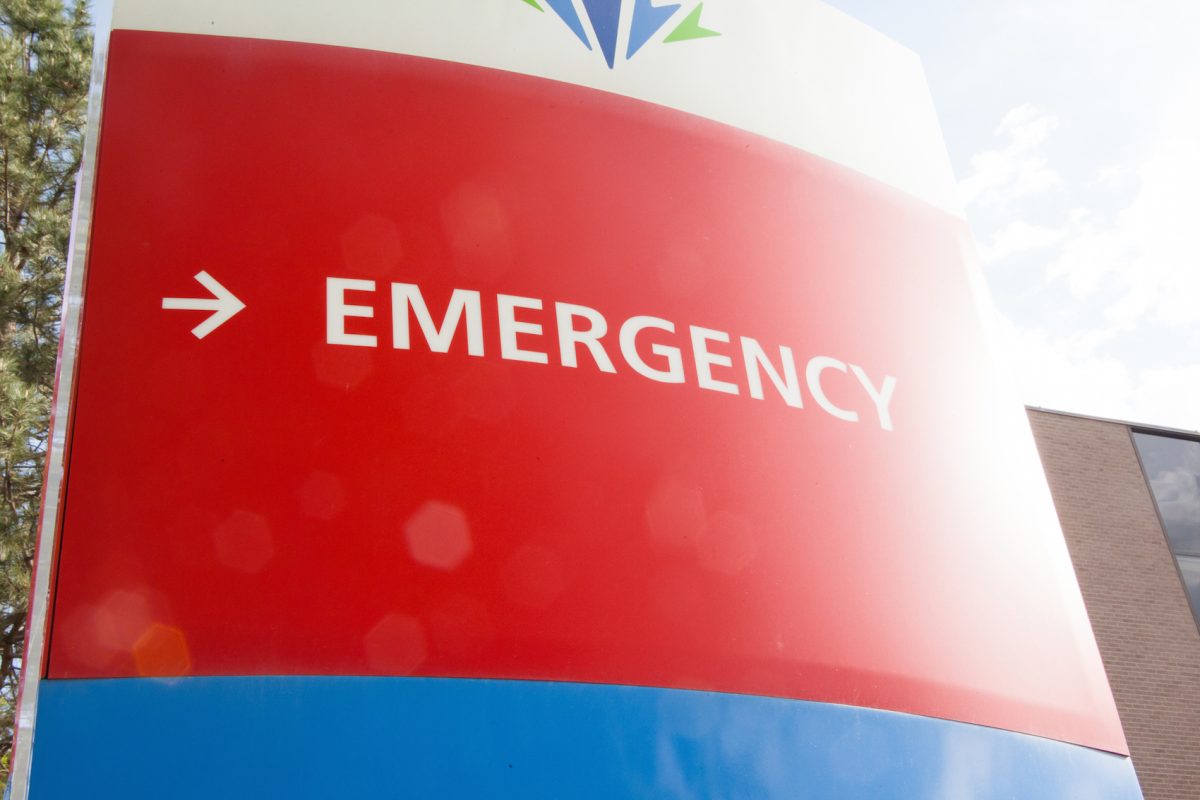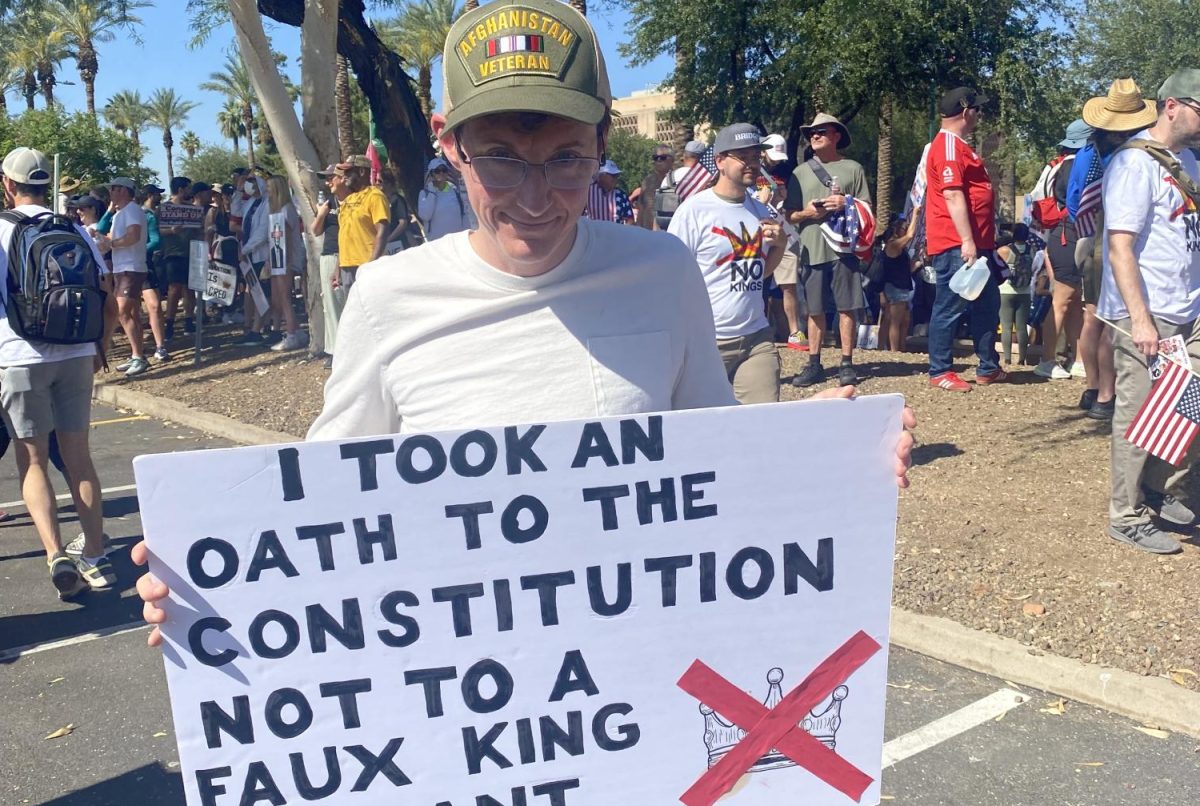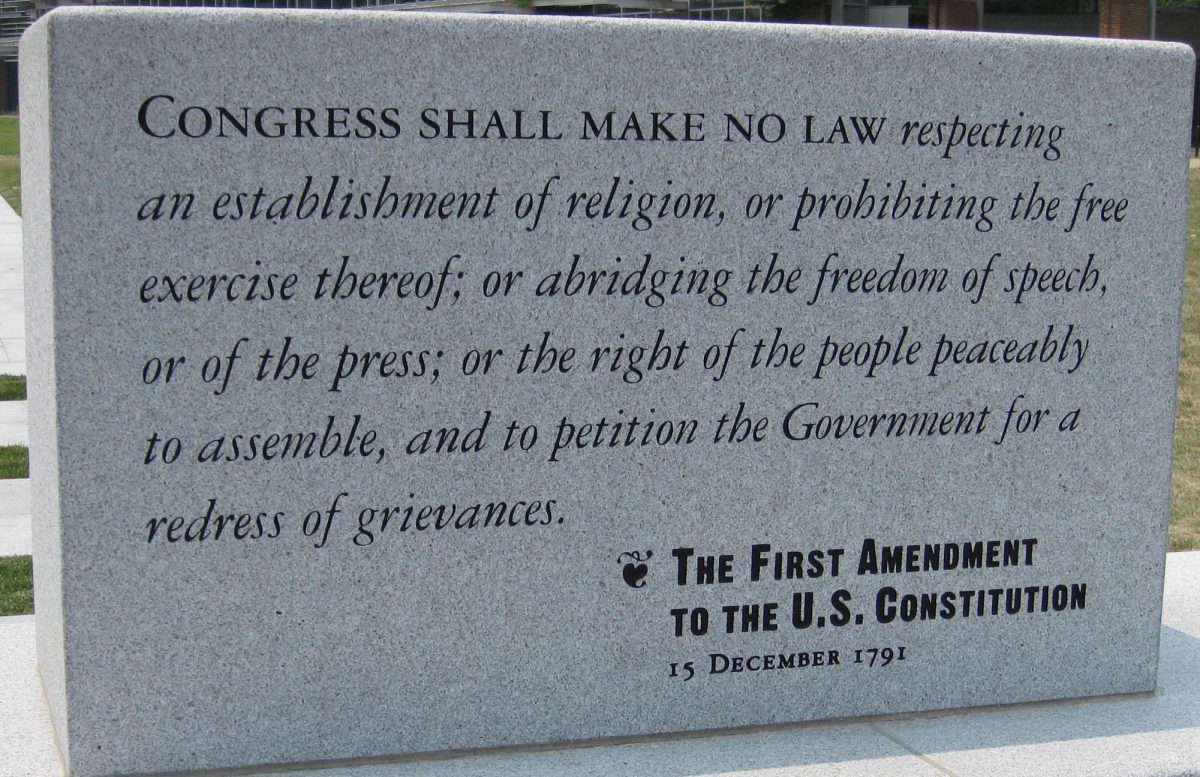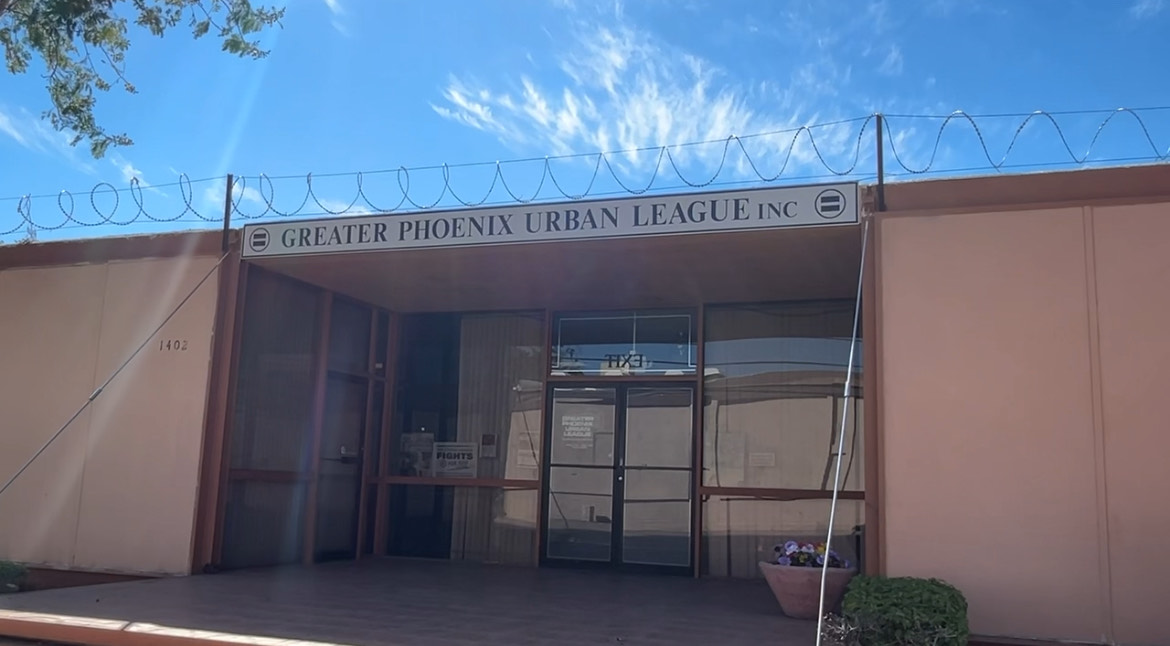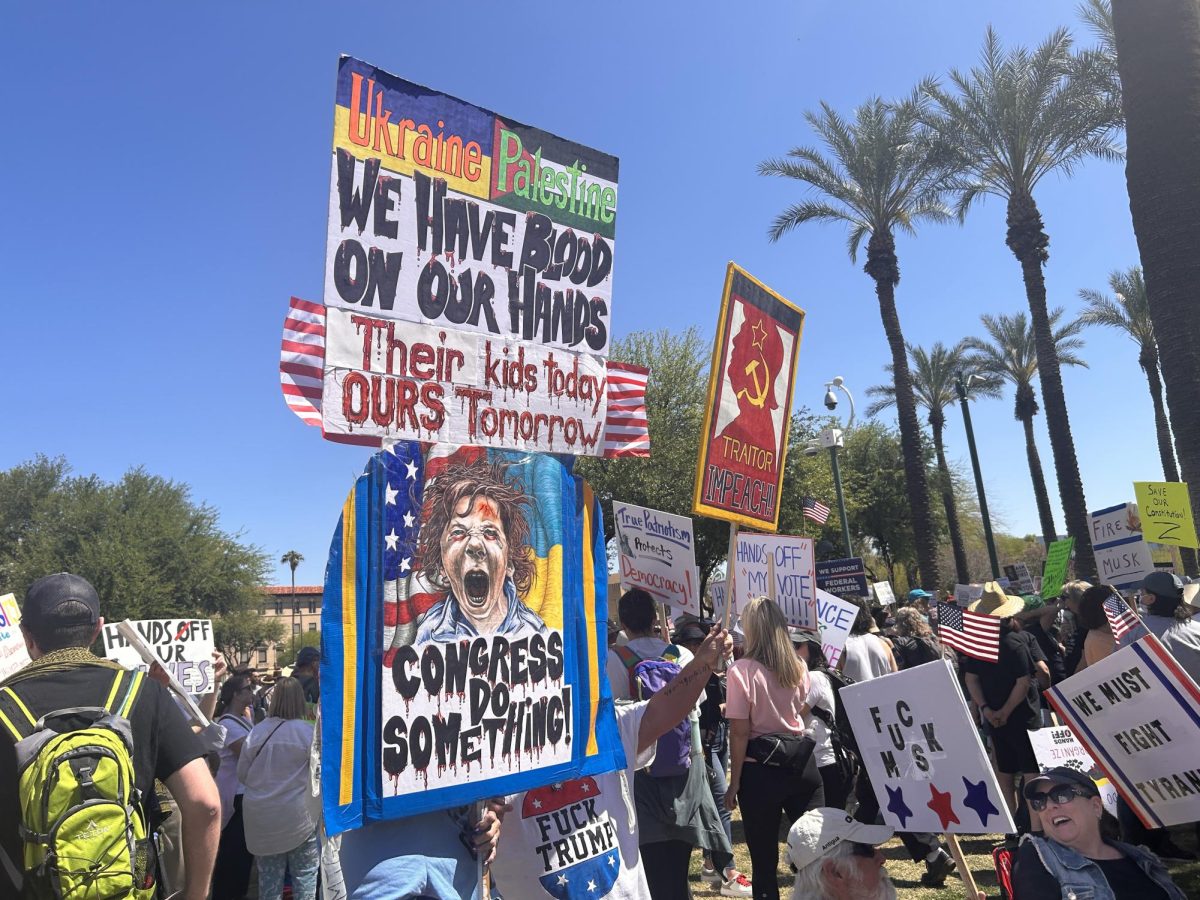Public opposition and voter sentiment reveal polling numbers of Trump have dropped substantially.
In a Northeast Valley News opinion poll, Valley voters are in step with the nation’s most recent polling decline as well as the reasons why, namely, Trump’s “Big Beautiful Bill” recently signed into law by only one deciding vote.
Those polled—69%—say cuts to Medicaid, Medicare, food assistance and healthcare insurance access have angered them.
“Almost everyone I know has someone in their immediate or extended family who will be negatively affected by this soulless bill,” said Phoenix resident and registered Independent voter, Sandra Nygate.
Recent Gallup polling illustrates at the six-month mark, Trump’s approval ratings are lower than most presidents in recent history at the same time in office during their respective administrations, at 38% and 40% according to the poll.
The American Research Group poll from June 23 showed 38% approve and 59% disapprove.
According to the most recent Gallup poll from early June, Trump’s job approval rating was 42%.
Many Americans blame the Trump and GOP’s so-called, “Big Beautiful Bill” for declining numbers. The bill, signed into law July 4 after days of debate among lawmakers brought expansive cuts to Medicaid, decreases in funding to Medicare extends the previous tax cuts of 2017 and expands the US budget for immigration enforcement
Widespread public opposition and voter sentiment suggests that even initial “MAGA Republican” support for the bill dropped once voters became aware of all the potential cuts to programs like Medicaid, local hospital funding and the loss of healthcare for millions of Americans.
A Kaiser Family Foundation poll showed that while 61% of Republicans initially supported the bill, the support dropped substantially and the majority now have an unfavorable view in light of the health care implications. Another analysis points to a negative 41% net favorability rating among independents for the bill, a level rarely seen for proposed legislation.
According to the Center for American Progress and the bill’s impact on tax cuts and wealth redistribution: The bill includes tax exemptions and deductions that disproportionately benefit the wealthy and corporations, including roughly $15 billion in tax breaks for the fossil fuel industry.
In addition, cuts to programs like Medicaid and SNAP (Supplemental Nutrition Assistance Program) could directly affect a large number of Republican constituents. The Congressional Budget Office estimates cuts between $800 billion and $1 trillion to Medicaid, potentially costing 8-10 million people their coverage.
A Valley skilled nurse, Clive Patrick, told Northeast Valley News, “We already have so many financial challenges at our hospital in order to serve the needs of patients in an emergency and extended and long-term care, this bill cut people off from receiving the immediate care they need. We will also see job loss—oh yes, of course, many of us will lose our jobs.”
Meaghan Kramer, health policy advisor to Governor Katie Hobbs, stated in an interview with KJZZ radio on July 7 how the new bill will impact Arizona and the state’s Medicaid program known as AHCCCS.
“The first is, there, there will be, the provider tax is something that I think most folks coming into this bill didn’t really know much about, but it’s a complex financing mechanism that for more than 40 years has helped fund rural hospitals in Arizona, and, you know, some of the urban hospitals receive significant payments through this mechanism as well. I think one of the main things to understand is the provider tax is just a way to help supplement the payments that come into these hospitals because so many Medicaid people are being served and the payments that they’re billing for Medicaid services are not enough to make up for the costs that it costs these hospitals to provide Medicaid services. So, the bill reduces over several years, this financing mechanism. And as a result, many hospitals are going to suffer in Arizona and primarily the rural hospitals.”
**The chart below shows exactly where the bill would rip away health care, food and jobs state by state.
| Table with 4 columns and 51 rows. Currently displaying rows 1 to 12. Sorted descending by column “Estimated health insurance coverage losses, 2034” | ||||
|---|---|---|---|---|
| State | Estimated health insurance coverage losses, 2034 | Number of people at risk of losing some or all SNAP benefits | Number of jobs put at risk by elimination of clean energy tax credits | |
| Florida | 2M | 574K | 5,033 | |
| Texas | 2M | 806K | 131,882 | |
| California | 2M | 888K | 40,658 | |
| New York | 800K | 670K | 18,192 | |
| Georgia | 610K | 440K | 38,510 | |
| Illinois | 480K | 472K | 19,547 | |
| North Carolina | 470K | 375K | 20,332 | |
| Washington | 440K | 149K | 8,534 | |
| Ohio | 400K | 316K | 24,933 | |
| New Jersey | 350K | 214K | 175 | |
| Pennsylvania | 340K | 401K | 6,845 | |
| Arizona | 320K | 191K | 28,186 | |
Source: Alice Burns and others, “How Will the 2025 Reconciliation Bill Affect the Uninsured Rate in Each State?: Allocating CBO’s Partial Estimates of Coverage Loss” (San Francisco, CA: KFF, 2025); Katie Bergh, Caitlin Nchako, and Luis Nuñez, “Expanded Work Requirements in House Republican Bill Would Take Away Food Assistance From Millions: State and Congressional District Estimates” (Washington, D.C.: Center on Budget and Policy Priorities, 2025); Rhodium Group and MIT Center for Energy and Environmental Policy Research, “Clean Investment Monitor: Q1 2025 Update: Outstanding Spending by State with Jobs” (New York, NY, and Cambridge, MA: 2025) p. 10.Table: Center for American Progress


